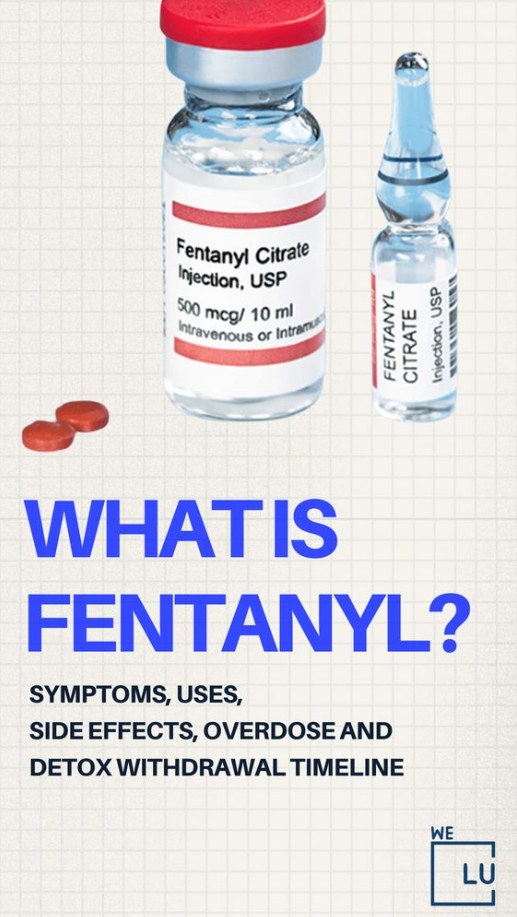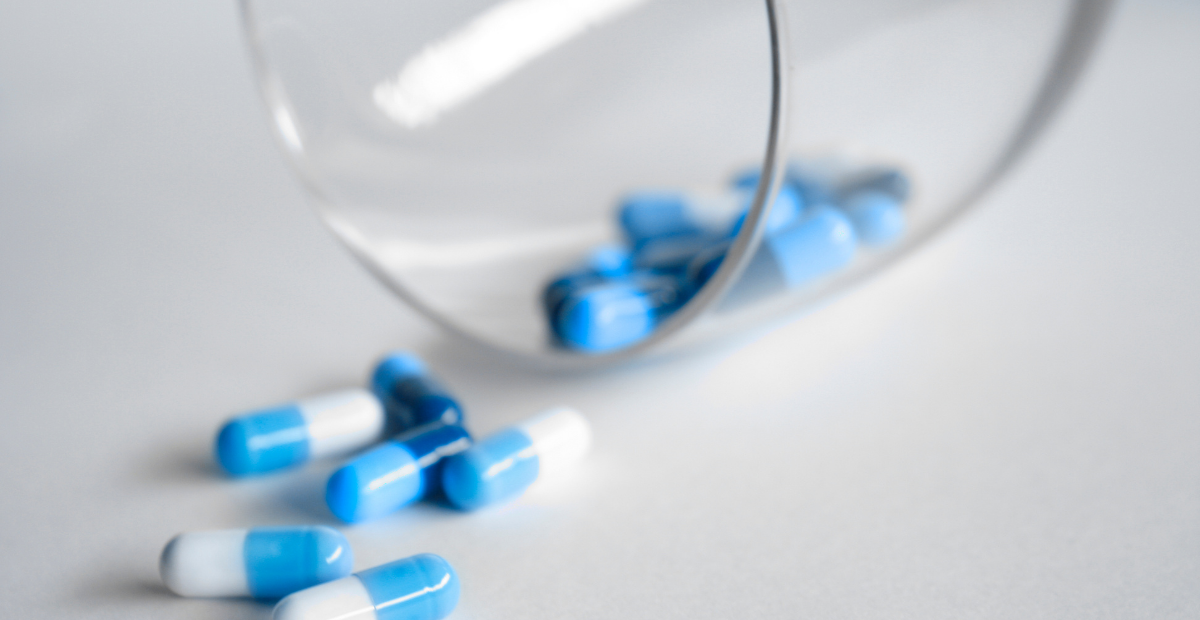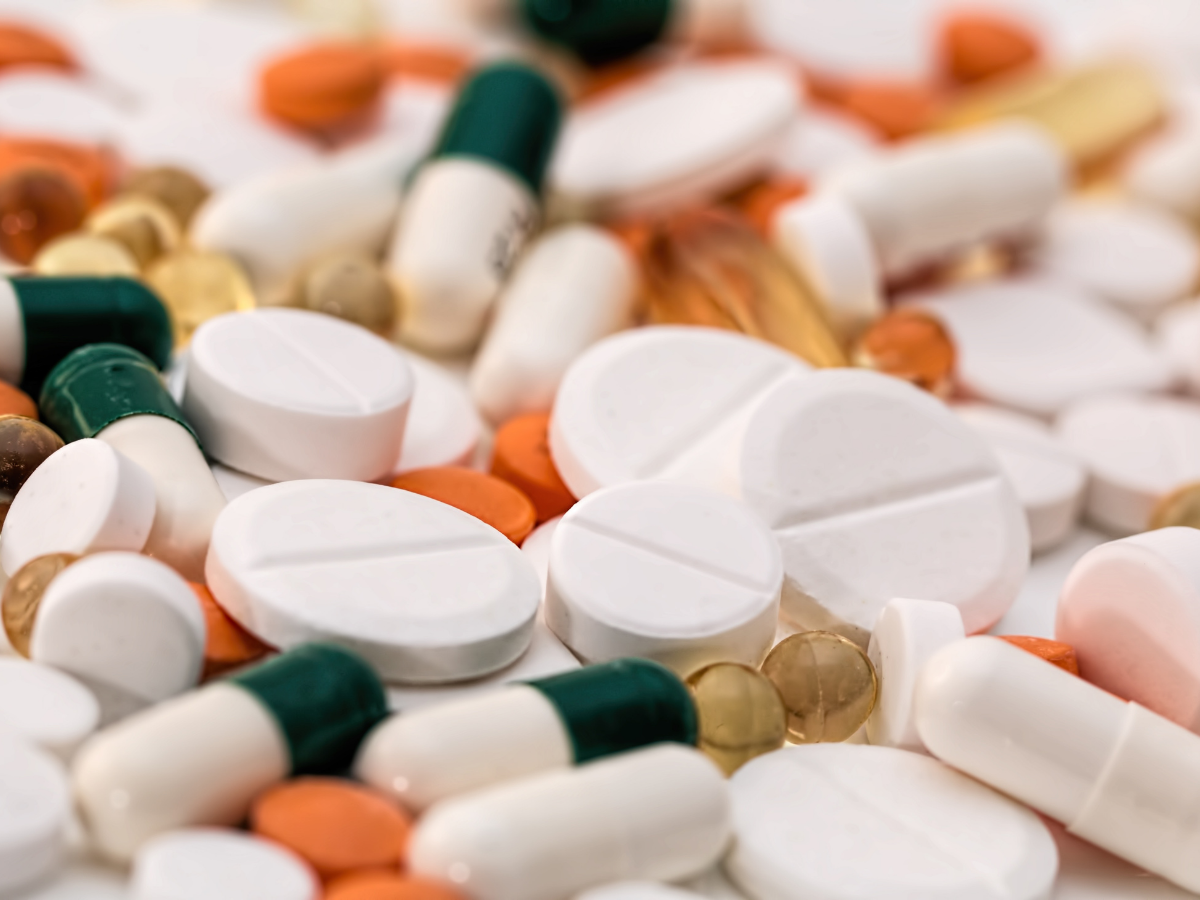Alcohol and Bone Density
Alcoholism is a disease characterized by alcohol dependency. Because alcohol affects almost every organ in the body, chronic heavy drinking is associated with many serious physical effects of alcohol, including osteoporosis. Maintaining sobriety is undoubtedly the most important health goal for individuals recovering from the physical effects of alcohol. However, attention to other aspects of health, including bone health, can help increase the likelihood of a healthy future, free from the devastating consequences of osteoporosis and fracture.
Alcohol negatively affects bone health for several reasons. To begin with, excessive alcohol interferes with the balance of calcium, an essential nutrient for healthy bones. Calcium balance may be further disrupted by alcohol’s ability to interfere with the production of vitamin D, a vitamin essential for calcium absorption.
In addition, chronic heavy drinking can cause hormone deficiencies in men and women. Men with alcoholism may produce less testosterone, a hormone linked to the production of osteoblasts (the cells that stimulate bone formation). In women, chronic alcohol exposure can trigger irregular menstrual cycles, a factor that reduces estrogen levels, increasing the risk for osteoporosis. Also, cortisol levels may be elevated in people with alcoholism. Cortisol is known to decrease bone formation and increase bone breakdown.
Because of the physical effects of alcohol on balance and gait, people with alcoholism tend to fall more frequently than those without alcohol use disorder. Heavy alcohol consumption has been linked to an increase in the risk of fracture, including the most serious kind—hip fracture. Vertebral fractures are also more common in chronic heavy drinkers. [1]

Alcohol and Muscles
Every time you work out, you tear your muscles, instead of increasing testosterone levels, which would help grow the muscles, alcohol increases the hormone cortisol (the same hormone that causes stress) and destroys all the muscle you were trying to build.
Alcohol Effect on Eyes
Alcohol can irritate the blood vessels on the surface of your eyes, making them bloodshot. Alcohol causes the blood vessels in your eyes to get larger and fill with blood, which creates a red, bloodshot appearance. Your eyes might also get dry and irritated when you drink because alcohol is a diuretic, meaning it makes you need to urinate more frequently and cause physical effects of alcohol.
Effects of Alcohol on the Heart
The cardiovascular system is affected by alcohol. At the time of drinking, alcohol can cause a temporary increase in heart rate and blood pressure. In the long-term, drinking above the guidelines can lead to ongoing increased heart rate, high blood pressure, weakened heart muscle, and irregular heartbeat.

Alcoholic Skin
If you identify as a woman, you may want to lay off the pinot grigio: the American Academy of Dermatology (AAD) reports that alcohol consumption, specifically white wine and liquor, increases the risk of rosacea in women.
However, if you’re still craving a drink (in moderation), Dr. Debra Jaliman, board-certified NYC dermatologist, assistant professor of Dermatology Icahn School of Medicine at Mount Sinai, and author of the book, “Skin Rules: Trade Secrets from a Top New York Dermatologist,” noted that clear liquor like vodka won’t increase your risk of rosacea. Alcohol can cause the skin condition of rosacea to flare up.
Symptoms of rosacea include:
- Redness
- Dilated blood vessels
- Small red bumps
- Pus-filled spots on the face
The physical effects of alcohol can also cause broken blood vessels and redness on your face. 90% of patients with rosacea who cut back on alcohol say it helps to reduce flare-ups. [2]
Alcohol and Kidneys
Binge drinking (usually more than four to five drinks within two hours) can raise a person’s blood alcohol to dangerous levels. This can cause a sudden drop in kidney function known as “acute kidney injury.” When this happens, dialysis is needed until a person’s kidney function returns to normal. Acute kidney injury usually goes away in time, but in some cases, it can lead to lasting kidney damage.
Alcohol can disrupt the hormonal control mechanisms that govern kidney function. By promoting liver disease, chronic drinking has further detrimental effects on the kidneys, including impaired sodium and fluid handling and even acute kidney failure.
In rare cases, binge drinking — five or more drinks at a time — can cause a sudden drop in kidney function called acute kidney injury. This serious condition occurs when toxins from alcohol build up in your blood so fast your kidneys can’t maintain the proper fluid balance.
Liver and Alcohol
Little is known about how alcohol causes liver disease and alcoholic cirrhosis but the very cause of this disease is alcoholism. The strongest evidence of the causality between alcohol and liver disease stems from epidemiological observations. Factors contributing to alcohol-induced fibrosis and cirrhosis include cytokines, oxidative stress, and toxic metabolites of ethanol.
Patients with alcoholic cirrhosis generally have complications at diagnosis, and cirrhotic complications should be actively assessed because they are closely associated with subsequent morbidity as well as mortality. Abstinence is strictly required to prevent the physical effects of alcohol progression and is critical for eventual liver transplantation. In addition, nutritional therapy remains the mainstay of managing alcoholic cirrhosis. [3]
Alcohol Dry Mouth
Alcohol can increase the “bad” bacteria in our mouths and lower the amount of “good” bacteria, which can ultimately change the microbiome in our mouths. This can lead to a “decreased flow rate” of saliva.
Have You Been Struggling with Physical Effects of Alcohol?
For anyone who suffers from addiction, just the thought of having to stop using can cause severe mental distress. But, with the help of a medical alcohol detox center, the medical detox process is managed. A comprehensive team prescribing medications can alleviate your alcohol withdrawal pains while monitoring your health 24 hours. Assuring both your safety and comfort.
Those suffering from addiction for long periods at high rates of use usually experience more severe withdrawal symptoms, making the process more difficult for them. The symptoms may seem to get worse through the detox process. They need constant care and attention to help manage the symptoms. Alcohol addiction treatment is within your reach to ensure your recovery starts on a comfortable and safe step.

Week One of Giving Up Alcohol
After one week away from alcohol, you may notice that you are sleeping better. When you drink, you typically fall straight into a deep sleep, missing the important rapid eye movement (REM) sleep. While you are supposed to have between six and seven cycles of REM sleep a night, you typically only have one or two when you’ve been drinking.
You’ll also have more opportunities to manage your food and drink intake. Sleep helps to balance the hormones that make you feel hungry or full. After drinking, your ghrelin levels (the hormone that makes you feel hungry) go up and leptin (the hormones that make you feel full) go down.
Week Two
After two weeks off alcohol, you will continue to reap the benefits of better sleep and hydration. As alcohol is an irritant to the stomach lining, after a fortnight you will also see a reduction in symptoms such as reflux where the stomach acid burns your throat.
Week Three
Drinking too much alcohol can cause your blood pressure to rise over time. After 3-4 weeks of not drinking, your blood pressure will start to reduce. Reducing your blood pressure can be crucial as it can help to lessen the risk of health problems occurring in the future.
Week Four
Giving up alcohol will have a positive impact on your skin due to you having better levels of hydration. As more water will have been absorbed rather than wasted, you are likely to have more hydrated-looking skin, as well as reduced dandruff and eczema.
Removing alcohol from your diet for four weeks can also help to improve your liver function as your liver will start to shed excess fat. If your liver function is not too badly affected by alcohol, it can recover within 4-8 weeks. [4]
If you are an alcoholic, your very first step in recovery should be to medical alcohol detox in a safe and medically supervised setting. We Level Up TX detox center medically assists clients to clear their systems of addictive substances, such as alcohol.
We Level Up TX’s thorough approach to rehabilitation supports several levels of care to ensure the best possible outcome for every client who enters our doors. From an intensive and more supportive atmosphere for those in the early days of recovery to a comfortable residential-style living dynamic upon completion of detox, we are here to help guide you down the safe and results-based path to your sobriety.
Once detox is complete, a new doorway in alcohol addiction treatment opens up, which is referred to as a residential level of care. Our residential care program slowly and effectively introduces the individual into an atmosphere of therapeutic growth, marked by master’s level therapists, clinicians, group counselors, psychiatrists, and a community of like-minded individuals with the same aim: to attain sobriety and live a great life.
If you or someone you love is seeking a safe, secure, and compassionate resource for alcohol treatment to avoid the physical effects of alcohol, We Level Up TX is here to help. Call us and speak with an addiction counselor today about our levels of care.
Sources:
[1] What People Recovering From Alcoholism Need To Know About Osteoporosis – National Institute of Arthritis and Musculoskeletal and Skin Diseases
[2] Physical Effects of Alcohol – https://www2.hse.ie/wellbeing/alcohol/physical-health/alcohols-effect-on-the-body/your-looks.html#:~:text=Alcohol%20causes%20your%20body%20and,to%20lose%20vitamins%20and%20nutrients.&text=This%20is%20important%20for%20skin%20health.
[3] Pathogenesis and management of alcoholic liver cirrhosis – National Center for Biotechnology Information, U.S. National Library of Medicine https://www.ncbi.nlm.nih.gov/pmc/articles/PMC3846480/
[4] What are the benefits of giving up alcohol for a month? – https://www.priorygroup.com/blog/benefits-of-giving-up-alcohol-for-a-month




